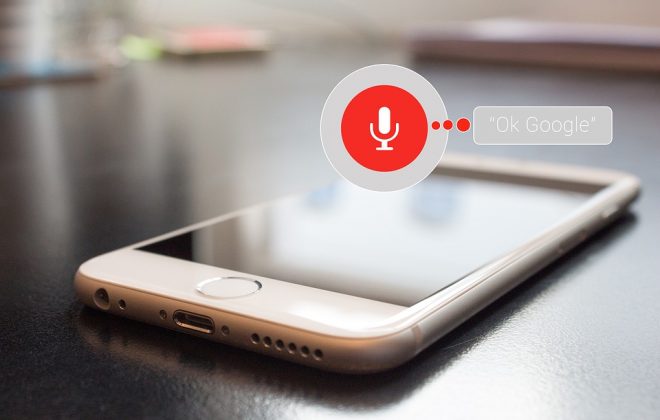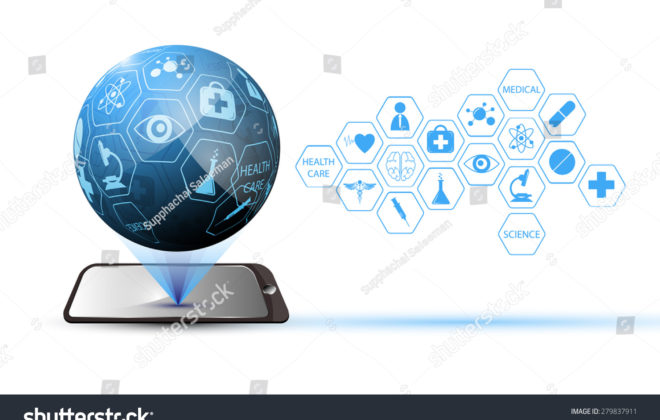The Many Benefits of Integrated Patient Rooms in Smart Hospitals
The job of the modern healthcare provider is no longer limited to curing patients of their diseases. Today, they are also expected to balance resources with demand, lower operational costs, enhance patient satisfaction, facilitate collaboration, mitigate wastes, and optimize workflows.
As the management and control of patient health become the core responsibilities, healthcare providers need to embrace technologies that can help them in improving the hospital experience for patients. One way to do this is to implement IoT in the patient rooms and transform them into smart rooms that take technology utilization to that next level. According to Statista, 161 million IoT devices will be used in the healthcare industry in 2020.
What is an integrated patient room?
As expectations from patients increase, healthcare organizations today have to think differently about patient care. They can no longer be reactive about how they treat patients; they have to adopt technology to better engage with patients during their hospital stay. An integrated patient room leverages technology and information in smarter, more meaningful ways to better engage patients, and transform their experience.
In an integrated patient room, the operation and functions of individual technology are monitored and operated centrally, that brings in far more transparency in the way patients are treated.
Intelligent software continuously monitors patient health conditions, as well as the ambient conditions in a room, and provides alerts if parameters change beyond a certain threshold. All recorded data is continuously analyzed and forms the basis for ongoing optimization of security, comfort, and costs.
Top features
As hospitals get smart with the invasion of AI, smart wearables, medical apps, sensors, facility management, precision surgery, remote health monitoring, and more, its time to make the patient room smart.
Listed below are some of the top benefits of integrated patient rooms:
- With the availability of the right tools at the patient’s bedside, clinicians get a clearer picture of patient medical history, current illness, and upcoming treatment schedules. This helps in making each interaction more productive and less taxing.
- Nursing staff and clinicians can remotely monitor patient health through cameras and take action in case patient health needs attention.
- Doctors can have audio or video conversations with patients and check on their health periodically for better patient satisfaction.
- Real-time patient data can be streamed to the command center, so that the staff can constantly measure and evaluate vital stats, and take necessary action when parameters rise or drop.
- Patients can adjust lighting and room temperature as well as raise and lower the blinds from the comfort of their beds.
- Patients can surf the Internet, watch television, or listen to the radio using a patient terminal that is connected to their bed.
- Patients also have access to mobile apps on hospital-provided smartphones or tablets to relax and take their mind off their illness.
- Since all medical information of every patient in every room is stored digitally, all the required data is always available for the caregivers at the right time and in the right place.
- Any malfunction in any of the healthcare systems is automatically identified, and the corresponding technician is contacted for immediate troubleshooting and resolution.
- Using virtual reality, hospitals can drive patient education and inform them about their illness, what the coming days (or weeks) will entail, post-discharge care instructions, tips, advice, and more.
How does it help hospitals and patients?
Given the various features, there’s a lot that patients and hospitals can achieve from an integrated patient room:
- Empowered patient:Patients can feel more empowered and satisfied with the care they are receiving. Since their health is constantly monitored 24×7, they can have more confidence in the treatment schedules, heal better, and get back to normal sooner.
- Better patient care: Because smart systems constantly monitor patient health, doctors can view patient condition remotely through cameras, and provide timely and more fulfilling care.
- Process automation: Automated processes and the intelligent interaction between various systems in the patient room minimize the number of manual interventions required, thus reducing the risk of manual errors, and increasing the quality of patient care.
- Alerts: The healthcare systems in the integrated patient room can provide alerts to hospital staff through the command center – whenever there is a major fluctuation in health stats.
- Staff optimizations: Because patient health monitoring is done through smart systems, the staff productivity increases as the staff doesn’t have to continuously check on patients or visit the room to turn on the lights or switch off the air conditioner.
Improve Patient Experience
With patient experience in a hospital contributing significantly to better and faster healing, today’s hospitals need to provide a setting where patients feel good and recover quickly. They also need to simultaneously empower staff with a conducive and optimal work environment that enables them to provide the best possible care.
Integrated patient rooms that use the power of the latest technologies like IoT are a great way to drive better care outcomes while ensuring patient satisfaction. Through connected systems, process automation, patient entertainment and education, and timely alerts, they can to transform the quality, speed, accuracy, and experience of patient care while paving the way for substantial innovation in the care continuum.




